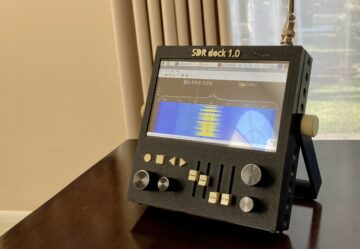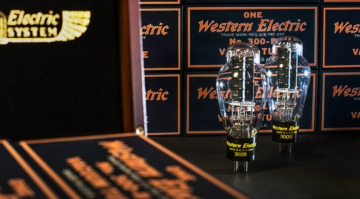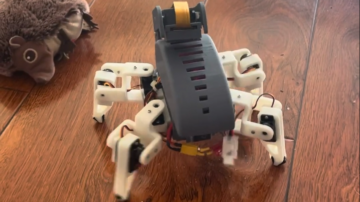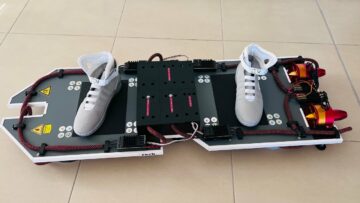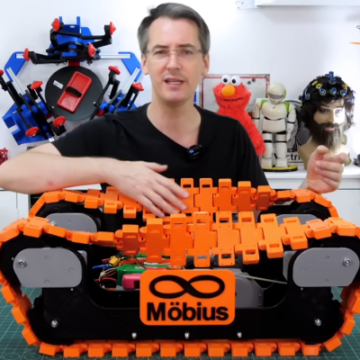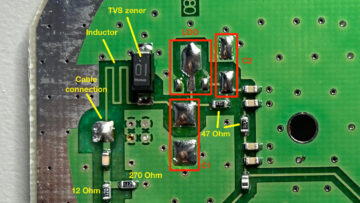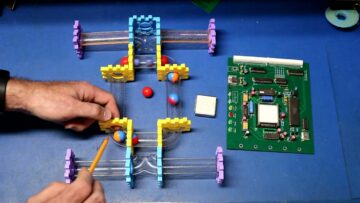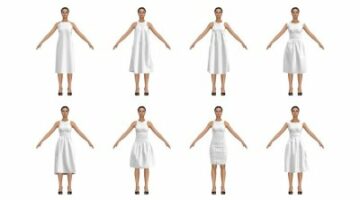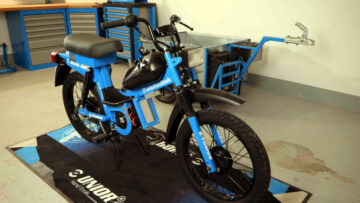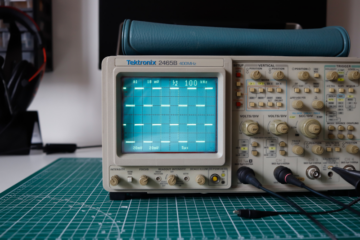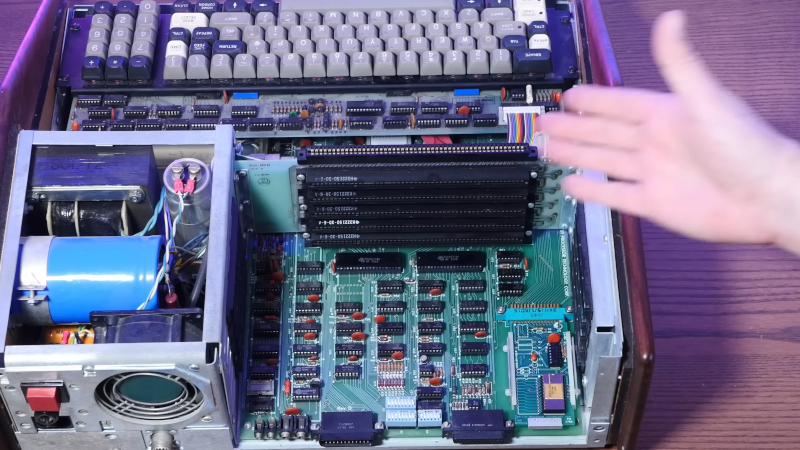
[Action Retro] came into an antique Sol-20 computer and argues that it was the first totally integrated computer aimed at consumers that didn’t require you to buy or build some kind of terminal. These are fairly rare, so we appreciated the peek inside that you can see in the video below.
Sure, the Sol-20 wasn’t the very first computer out there in the market. It was, however, one of the first ones that didn’t need anything more exotic than a monitor to have a functional system (and the monitor was included). There were alternatives such as a Xerox Alto or a Wang 2200, but those had price tags that didn’t land them in your home. Even Apple, which would become famous for a turnkey system, was only producing the Apple I at that time. As the video points out, it was complete as long as you could build your own power supply and knew how to interface a keyboard — keeping in mind that keyboards were all wildly different in those days.
While the Sol-20 was the first to the market, everyone “knew” this sort of form factor was necessary. The key was to get the price down. Even the Sol-20 sold for $2,100 with a monochrome monitor, BASIC, 8K of memory, and cassette tape mass storage. Remember, though, that $2,100 in 1976 is worth about $6,260 today. You could buy a motherboard kit ($575) or the base machine assembled ($745). Adding the case, keyboard, and power supply would add $300 to $500 to that price. Of course, unless you ponied up the whole $2,100, you had to source your own bits like cassette decks, memory boards, and the like.
The computer didn’t boot up immediately, but cycling the power a few times made it do a little better. The S-100 bus connectors take up quite a bit of real estate inside, and a huge linear power supply was pretty common for computers of the period. The keyboard was beyond help and required some major renovation and cleaning. It wasn’t totally fixed by the end of the video, but you can see he’s getting there.
The company had made inroads into the fledgling computer stores of the day and had promised improvements, including a floppy drive and a color video card. Vendor problems delayed the floppy disk release and then came similar and cheaper computers from Radio Shack, Apple, and Commodore. Processor Technology — the company that made the SOL — had legal troubles, too. The company they paid to write the SOL’s BASIC was selling the software to others, but the courts sided with the other company. The company also refused to move to CP/M, using a proprietary operating system that was reportedly buggy, resulting in a lawsuit against the company. The last straw was 32K and 64K dynamic memory boards that were sold and then failed frequently. The company went bankrupt in 1979, ending the three-year run of the SOL.
We suspect this machine will be totally function soon enough. If you want one of these but can’t afford or find one, you can do a reproduction. Or, emulate a computer from the same year — the Apple I.
- SEO Powered Content & PR Distribution. Get Amplified Today.
- Platoblockchain. Web3 Metaverse Intelligence. Knowledge Amplified. Access Here.
- Source: https://hackaday.com/2023/02/14/sol-20-integrated-computer-teardown/
- 100
- 8k
- a
- About
- Action
- afford
- against
- All
- alternatives
- and
- Apple
- Argues
- assembled
- bankrupt
- base
- basic
- become
- below
- Better
- Beyond
- Bit
- build
- bus
- buy
- card
- case
- cheaper
- Cleaning
- color
- Common
- company
- complete
- computer
- computers
- Consumers
- content
- could
- course
- Courts
- day
- Days
- Delayed
- different
- down
- drive
- dynamic
- embedded
- enough
- estate
- Even
- everyone
- Exotic
- Failed
- fairly
- famous
- few
- Find
- First
- fixed
- form
- frequently
- from
- function
- functional
- get
- getting
- help
- Home
- How
- How To
- However
- HTTPS
- huge
- immediately
- improvements
- in
- included
- Including
- integrated
- Interface
- IT
- keeping
- Key
- Kind
- kit
- Land
- Last
- lawsuit
- Legal
- little
- Long
- machine
- made
- major
- Market
- Mass
- Memory
- mind
- Monitor
- monochrome
- more
- move
- necessary
- Need
- ONE
- operating
- operating system
- Other
- Others
- own
- paid
- period
- plato
- Plato Data Intelligence
- PlatoData
- points
- power
- Power Supply
- pretty
- price
- problems
- Processor
- promised
- proprietary
- Radio
- RARE
- real
- real estate
- release
- remember
- require
- required
- resulting
- Retro
- Run
- same
- Selling
- similar
- So
- Software
- SOL
- sold
- some
- Soon
- Source
- storage
- stores
- such
- supply
- system
- Take
- teardown
- Technology
- Terminal
- The
- time
- times
- to
- today
- too
- TOTALLY
- true
- vendor
- Video
- which
- will
- worth
- would
- write
- Your
- youtube
- zephyrnet


